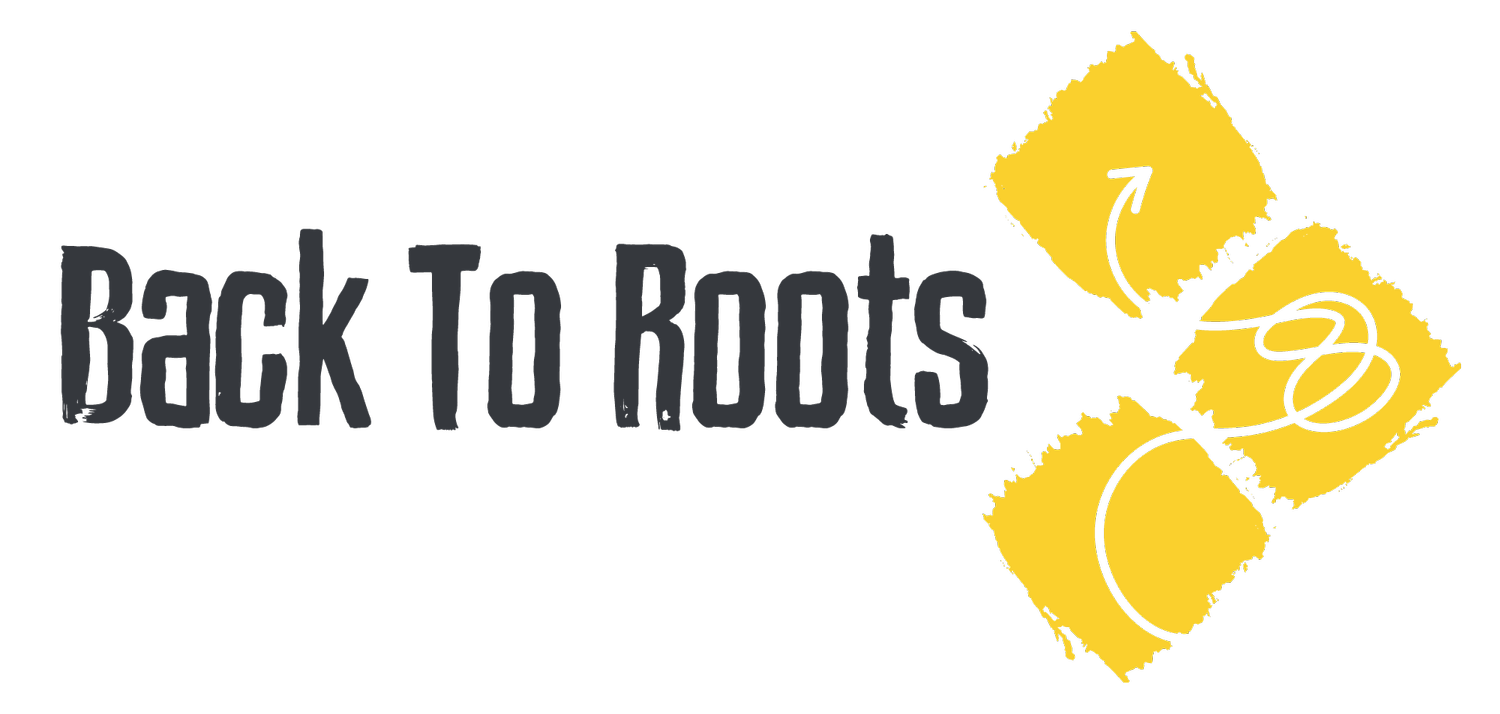B2R Internship Notes. Neurons That Fire Together, Wire Together
How many times have you heard a song that made you think about someone, or a particular moment?
Pavlov's studies back in the 30’s showed how you can take a normal salivary response of a dog seeing and smelling food, and influence it by ringing a bell (input) every time we show it food. Doing so, also the auditory part of its brain is being triggered and it doesn’t take very long that the dog will associate the bell with food, causing salivation just by ringing it.
Those inputs: vision, smell and hearing would become wired together, creating salivation as an output.
This is what's defined as Associative learning aka. Hebbian conditioning:
““Neurons that fire together, wire together””
Butler and Moesely would call this a Neurosignature or Neurotag (Explain Pain, 2013).
With dogs it appears normal that if we give positive reinforcement, they are more likely to do the activity we ask them to. Same with humans.
What we also know is that if the outcome of an action is negative, then we are less likely to do it again. Like with the dog, our nervous system associates that if things happen together, they can become wired together.
So, if our brain has potentially associated that bending down (input) is a problem that has caused me weeks of back pain in the past, it can then create a long-term pain memory (Nijs et al, 2014), giving us pain (output) to be able to protect us.
So bending down would still cause pain, even if there are no danger messages (nociception) coming from the back!
Even preparing for such ‘dangerous’ movements is enough for the brain to activate its fear-memory center and hence to produce pain and employ an altered (protective) motor control strategy (Tucker et al., 2012).
Contexts, things we have been told, and/or scans can all become wired together with perceived threatening movements, creating a long lasting pain neurotag (Explain Pain, 2013).
All of these can be potential triggers (bells!).
Following this, we can appreciate that although we used to think there was only one part of the brain that processes pain…
..we now know that all of the things that contribute toward pain involve all of the different parts of our brain and this is one of the ways we can understand how pain can persist beyond tissue healing times.
If our nervous system can learn to protect us, it can also learn to not need protection.
In fact, if you think about it, dogs will eventually stop drooling if you ring the bell enough times without bringing dinner. So, by applying the ‘exposure without danger’ principle (Zusman, 2004), exercise therapy can alter long lasting pain memories via experiential exposure (Caneiro et al, 2022), especially in patients with chronic musculoskeletal pain and central sensitization (Nijs et al, 2014).
Simply doing a movement or a task differently, or changing context to what our nervous system may have potentially learned requires protection, it gives us an opportunity to be able to try and fly under the pain radar.
Ultimately, a major goal of our rehab program should be giving a positive experience with movements to our patients, sending as much “good news” to the nervous system as possible.
Giovanni Frapporti is a chiropractor and rehabilitation specialist based in Brescia and Verona, Italy. He played rugby for 20 years and coached Palmer College Rugby Football Club for 3 during his studies in the USA. After having been through several injuries and experienced back pain for many years himself, he has developed a special interest in chronic musculoskeletal pain rehab and sports injuries.




